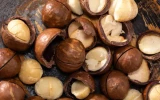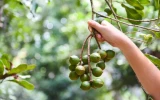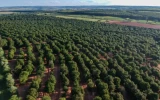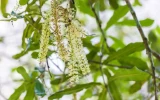How to Grow Macadamia Nut Trees: 7 Things to Consider
Before you start planting, you need to recognize that macadamia trees take time to mature and bear fruit. From selecting the perfect location that offers ample sunlight to understanding the specific soil requirements, every step is crucial. In this article, we designed a guide to help you understand the essential factors that you need to consider for your macadamia trees to thrive.
When you're planning to grow macadamia nut trees, you must ensure the spot you select meets the light, soil, and climate requirements these trees need to thrive. You also need to ensure proper watering and moisture levels and develop a sound fertilization strategy.
You are also required to choose the right propagation techniques, their requirements, and their success rates, as it can mean the difference between flourishing trees or a barren endeavor. As you continue reading, you'll see the difference between growing macadamia trees from seeds vs. cuttings and decide which one suits your needs best.
Knowing several key factors to consider when growing macadamia trees helps in the overall planning and establishing of a new macadamia orchard from the ground up.
Summary
- Macadamia trees require specific environmental conditions for optimal growth, including full sun for 6-8 hours a day, well-draining slightly acidic to neutral soil, and thrive in warm, wet climates with temperatures between 16°C (61°F) and 25°C (77°F)
- Growing macadamia through grafting and air layering provides more reliable and efficient methods compared to growing from seed while growing in pots can be a viable option, especially in regions where the climate may not be suitable for outdoor cultivation.
- To protect your macadamia nut trees from wildlife, consider installing a tall fence or individual tree guards to keep animals at bay or use natural repellents such as soap bars or netting to deter pests and protect the nut husks.
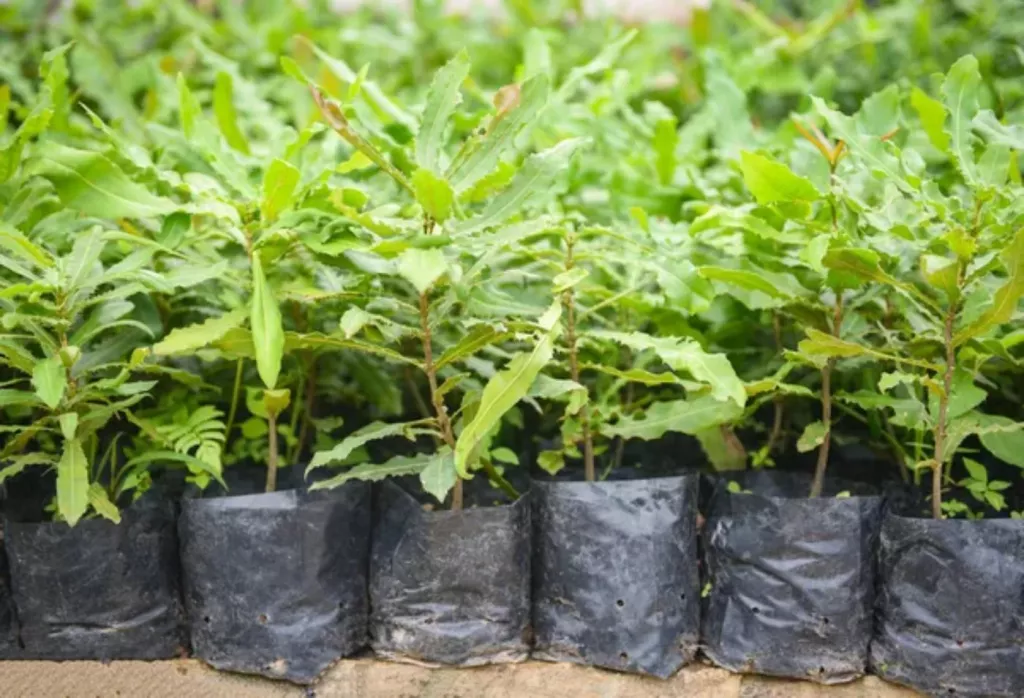
On this page:
Choose The Right Location
The table below shows the requirements for the ideal location when growing macadamia trees:
| Factors | Requirements |
|---|---|
| Light | Full sun for 6-8 hours a day; avoid planting in too much shade |
| Soil | Well-draining, slightly acidic to neutral soil to prevent root rot; amend soil if necessary |
| Climate and Weather | Thrive in warm, wet climates; best in temperatures between 16°C (61°F) and 25°C (77°F) |
Macadamia nut trees require plenty of sunlight to grow
Ideally, macadamia trees should be planted in a location that receives full sun for most of the day. This means at least six to eight hours of direct sunlight.
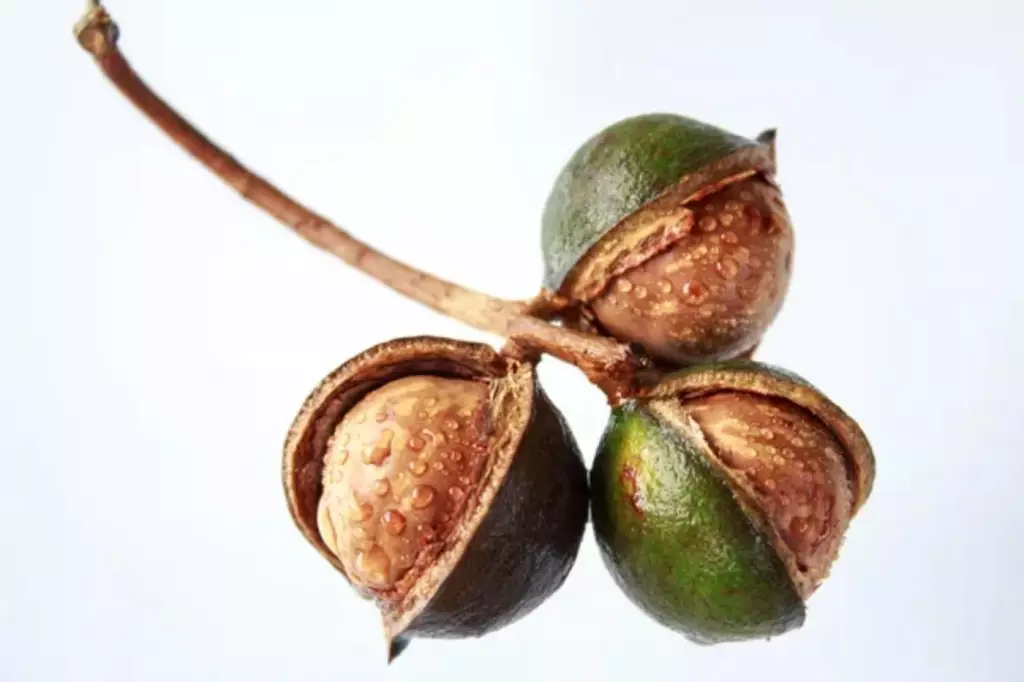
If your trees are planted in too much shade or do not receive enough light, they may produce less foliage and in time, fewer flowers and nuts. Especially in regions like California, Florida, and Hawaii, where macadamia trees are commonly grown, positioning your tree to capture ample sunlight is key. You can read about how to grow macadamia trees in Florida in this article.
Soil considerations for macadamia trees
Macadamia trees prefer well-draining soil to prevent root rot. The ideal soil pH for macadamia trees is slightly acidic to neutral; this enhances nutrient uptake and overall tree health.
Before planting, it's a good practice to test the soil and amend it if necessary to meet these conditions. To learn more about the soil requirements for macadamia tree planting here's an article that can help you.
Macadamias require a specific climate and weather
Macadamias are native to Australia but have been successfully grown in parts of the United States, including Hawaii and Florida. They thrive in regions with warm, wet climates and do best in temperatures between 16°C (61°F) and 25°C (77°F).
Consistent frost can damage the trees, so ensure your chosen location is within the appropriate hardiness zones (generally zones 9 to 11 in the U.S.). Wind is another consideration—macadamia nut trees need protection from strong winds that can break branches and reduce yields.
Select The Species And Cultivar
When choosing a macadamia tree for your garden, try to consider both the species and the cultivar, as these will influence the tree's growth habits, nut characteristics, and suitability for your climate.
| Species | Native to | Climate | Nut Characteristics |
|---|---|---|---|
| Macadamia integrifolia | Australia | Warm, tropical | Smooth shells, high-quality sweet and creamy kernels |
| Macadamia tetraphylla | Some parts of Africa | Cooler temperatures | Tolerant to cooler temperatures, slight temperature variability |
Choosing between native vs. non-native species
Macadamia integrifolia and Macadamia tetraphylla are the primary species cultivated for nut production. Macadamia integrifolia is native to Australia, thriving in warm, tropical climates with well-drained soil.
On the other hand, Macadamia tetraphylla can tolerate cooler temperatures and is more common in regions with slight temperature variability, like some parts of Africa.
Selecting based on nut characteristics
When selecting a cultivar, you should think about the specific nut characteristics you desire. Cultivars of Macadamia integrifolia typically have smooth shells and high-quality kernels which are sweet and creamy.
Varieties such as 'Beaumont,' are a result of a hybrid between M. tetraphylla and M. integrifolia, which provides nuts with an upright growth habit, optimizing space in your garden and offering a prolific yield. You can see a more detailed comparison of the best macadamia varieties, including Beaumont, in this article.
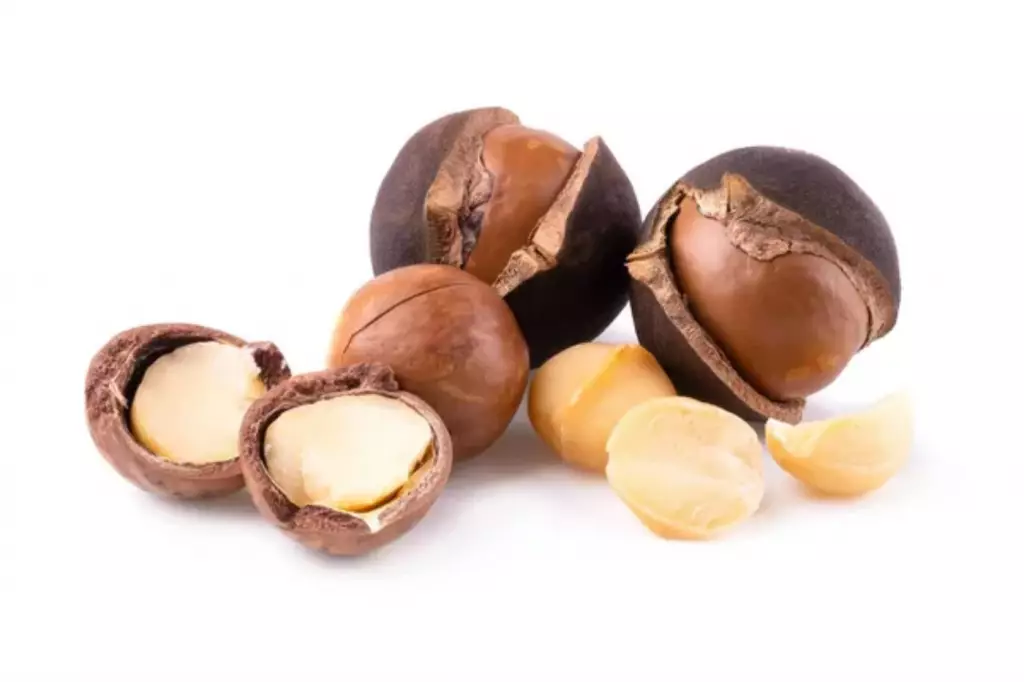
Know The Right Propagation Techniques
Each propagation method has its own requirements and success rates, and choosing the right one can mean the difference between flourishing macadamia trees or a barren endeavor.
| Method | Description | Success Rate |
|---|---|---|
| Seed-based propagation | Start macadamia trees from high-quality seeds, but it takes a long time to bear nuts | Moderate |
| Grafting and air layering | Splice a cutting onto a rootstock or encourage a branch to form roots for faster fruiting | High |
| Growing in pots | Use cuttings or grafted plants for compact growth, but requires extra care with watering and nutrients | Moderate |
| Growing from a nut | Test germination, plant in well-draining soil, and nurture the sprouts with regular care | Moderate |
Growing macadamia trees from seed
Start by obtaining fresh, viable macadamia seeds from a reputable source. The seeds should be plump, healthy, and free from any signs of damage or disease.
Before planting, remove the outer husk of the macadamia seed. This can be done by carefully cracking the husk with a nutcracker or hammer to reveal the inner shell. Once the husk is removed, the seeds should be soaked in water for 24-48 hours to soften the shell and improve germination.
Macadamia seeds can be planted directly in well-draining, fertile soil or in containers. The seeds should be planted at a depth of about 1-2 inches and watered thoroughly. Always provide consistent moisture and warmth to encourage germination.
Macadamia seeds can take anywhere from 1 to 6 months to germinate, and the success rate can vary. Factors such as temperature, moisture levels, and seed quality can influence the germination process.
Growing macadamia tees through grafting and air layering
Growing macadamia trees through grafting and air layering can offer more reliable and efficient methods compared to growing from seed.
Grafting involves joining a scion (a piece of desired macadamia tree variety) with a rootstock (a compatible macadamia tree) to create a new tree. The most common grafting method for macadamias is the T-budding technique, where a single bud from the desired variety is inserted into the rootstock.
This method allows for the propagation of specific macadamia varieties with known characteristics such as disease resistance, nut quality, and growth habits. It also accelerates the production of trees that can bear fruit earlier than those grown from seed.
Grafting macadamia trees generally has a higher success rate compared to growing from seed. This is because it allows for the replication of desirable traits from the scion, and the rootstock provides a strong, established root system for the new tree.
Meanwhile, air layering involves inducing roots to form on a branch of an existing macadamia tree while it is still attached to the parent plant. This is achieved by girdling a small section of the branch, applying a rooting hormone, and wrapping the area with a moist medium and a protective covering.
Air layering allows for the production of a new macadamia tree with the same characteristics as the parent plant. It can be particularly useful for propagating specific cultivars or for creating new trees from mature, desirable macadamia specimens.
This method allows for the development of a well-established root system before the new tree is separated from the parent plant, increasing the chances of successful establishment and growth.
Growing macadamia trees in pots
Growing macadamia trees in pots can be a viable option, especially in regions where the climate may not be suitable for outdoor cultivation.
First, choose a large, sturdy pot with good drainage holes to prevent waterlogging. Macadamia trees have deep root systems, so the pot should be at least 20 inches deep and wide to accommodate root growth.
Use a well-draining potting mix that is rich in organic matter. Plant the macadamia tree at the same depth as it was in the nursery container, ensuring that the roots are spread out and not cramped.
As the macadamia tree grows, it may need to be repotted into a larger container every 2-3 years to provide ample space for root expansion. With proper care, a potted macadamia tree can produce nuts.
Growing macadamia from a nut
If you're starting with a nut, your first step is a germination test: float the nuts in water and discard any that float. Plant the remaining, which indicates they're likely to germinate, in well-draining soil, with the pointed end slightly protruding above the surface.
With regular watering and warmth, you should see sprouts within a few weeks. Keep nurturing your little tree with attention and care, and in time, you'll have your very own macadamia tree.
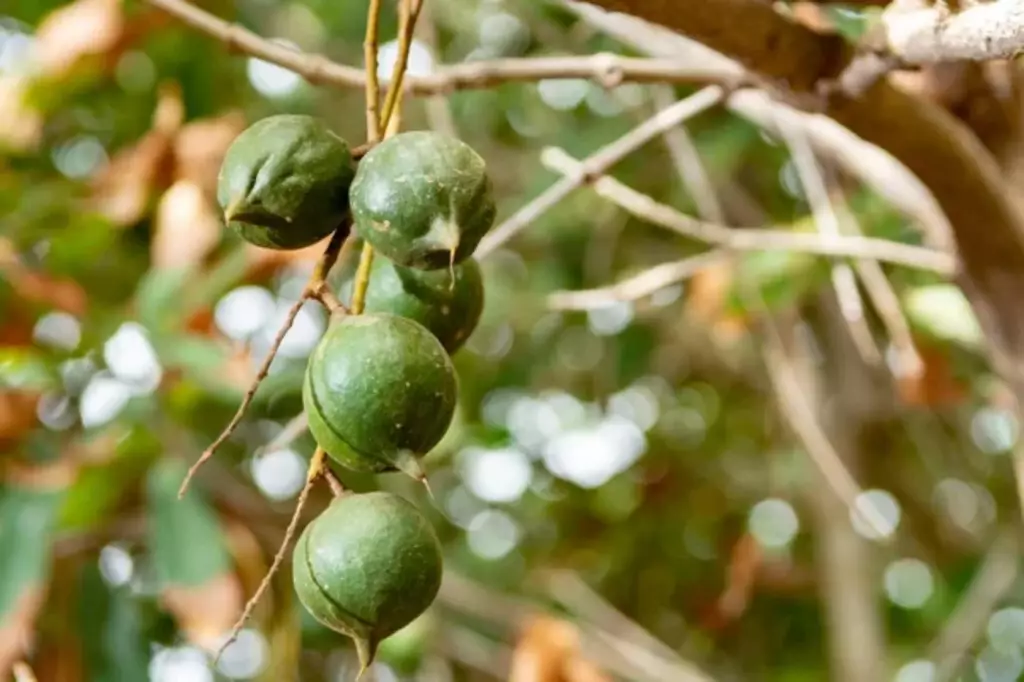
Focus On The Right Planting Technique
To plant your macadamia nut sapling, choose a location in your garden that gets plenty of sunlight and has well-draining, loamy soil. Test the soil pH to ensure it is slightly acidic, with a pH of 5.5-6.5, which macadamia trees prefer for optimal growth.
Dig a hole twice the width of the root ball and the same depth as the pot from the nursery. Carefully remove the sapling from the pot to avoid disturbing the roots and place it in the center of the hole, filling it with soil and gently patting down.
Macadamia trees require consistent watering during their initial growth phase
Your goal is to maintain even soil moisture without waterlogging the roots. In the beginning, water your sapling deeply once a week, allowing the water to penetrate several inches into the soil.
As the tree matures, you can reduce the frequency but increase the depth of watering to encourage a strong root system.
Macadamia trees require a balanced fertilization approach
Start with a fertilizer that has an equal balance of nitrogen, phosphorus, and potassium (N-P-K). You can apply a slow-release formula that feeds the tree over time.
Fertilize the plant lightly in the first year to avoid burning the young roots. After the initial growing season, you can gradually increase the amount, following package instructions to ensure that your tree gets the right amount of nutrients.
Protect The Trees From Animals
While you might enjoy the local fauna visiting your garden, you need to protect your macadamia nut trees from their appetites. Animals can cause significant damage to the tree itself and the precious nuts you're cultivating.
Protecting macadamia trees from deer and other wildlife
If you live in an area frequented by deer, take measures to protect your macadamia nut trees. Deer can be particularly troublesome as they enjoy nibbling on the new growth, potentially harming your tree's development.
To safeguard your trees, perhaps consider installing a sturdy fence that is at least 8 feet tall to prevent them from jumping over. Alternatively, individual tree guards around each tree can provide a physical barrier.
Using physical and natural repellents
Beyond structural barriers like fences and guards, you also have the option to use natural repellents. Homemade remedies, such as soap bars hung from branches or human hair spread around the base, can deter pests with their strong scents. Moreover, you can employ:
- Netting: To protect the nut husks from the macadamia nut borer and other pests, cover the canopy with netting.
- Pest-specific repellents: Apply treatments designed to ward off the macadamia nut borer, ensuring that your efforts are in line with agronomic care guidelines for macadamia trees.
Understand The Pollination Processes
Pollination is pivotal for the production of macadamia nuts. Although many macadamia trees are self-pollinating, including the popular Beaumont variety, your macadamia trees will greatly benefit from cross-pollination.
This means the transfer of pollen from the flowers of one macadamia tree to another. Cross-pollination often involves pollinators, such as bees, which are key to enhancing the genetic diversity and fruit set of your trees.
To ensure optimal pollination:
- Plant different varieties of macadamia trees close to each other.
- Encourage pollinator presence by avoiding pesticide use near flowering times.
- Consider managed bee colonies during the flowering season to boost pollination rates.
Optimizing for higher fruit production
After ensuring proper pollination, focusing on measures that lead to higher macadamia fruit production is your next step. Improvements in fruit set and nut quality can be achieved through attentive orchard management. Here are some specific strategies to enhance fruit production:
- Keep a consistent irrigation schedule during dry periods to support healthy flower and fruit development.
- Thin out excess flowers to redirect the tree's energy into fewer, but higher-quality nuts.
- Maintain tree health through regular pruning and nutrient management, which can aid in a more abundant fruit set.
Keep Up With Tree Maintenance
Keeping your macadamia nut tree healthy involves regular pruning, vigilant pest and disease control, and attentive soil and nutrient management. Let's explore the best practices to ensure your macadamia thrives.
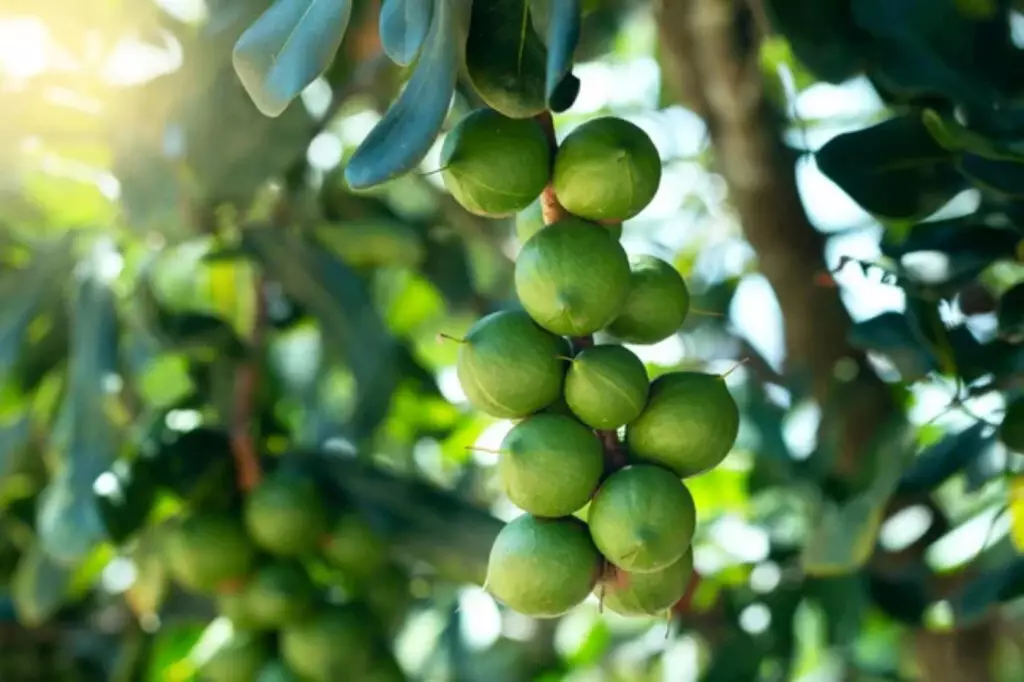
Pruning methods for macadamia trees
Perform formative pruning during the early years to establish a strong framework. In later years, focus on remedial pruning to remove dead or diseased wood and to promote air circulation. It's beneficial to prune in a way that allows sunlight to penetrate the canopy, which is conducive to fruiting.
Monitoring for pests and diseases
Your macadamia tree may be susceptible to pests like the macadamia nut borer, or diseases such as anthracnose and canker. Regularly inspect your tree for signs of trouble—discolored leaves, powdery substances, or holes in the nuts are all red flags.
If you discover pests or fungi, treat your tree promptly with the appropriate fungicides or insecticides. Remember, prevention is easier than cure, so keep your tree in optimum health as a proactive defense.
